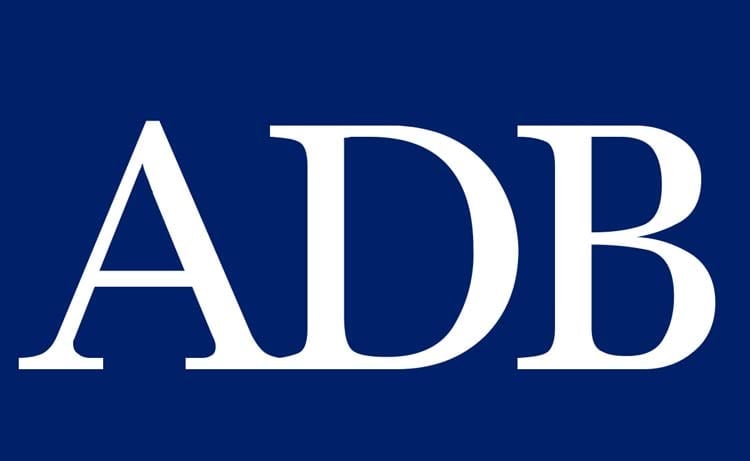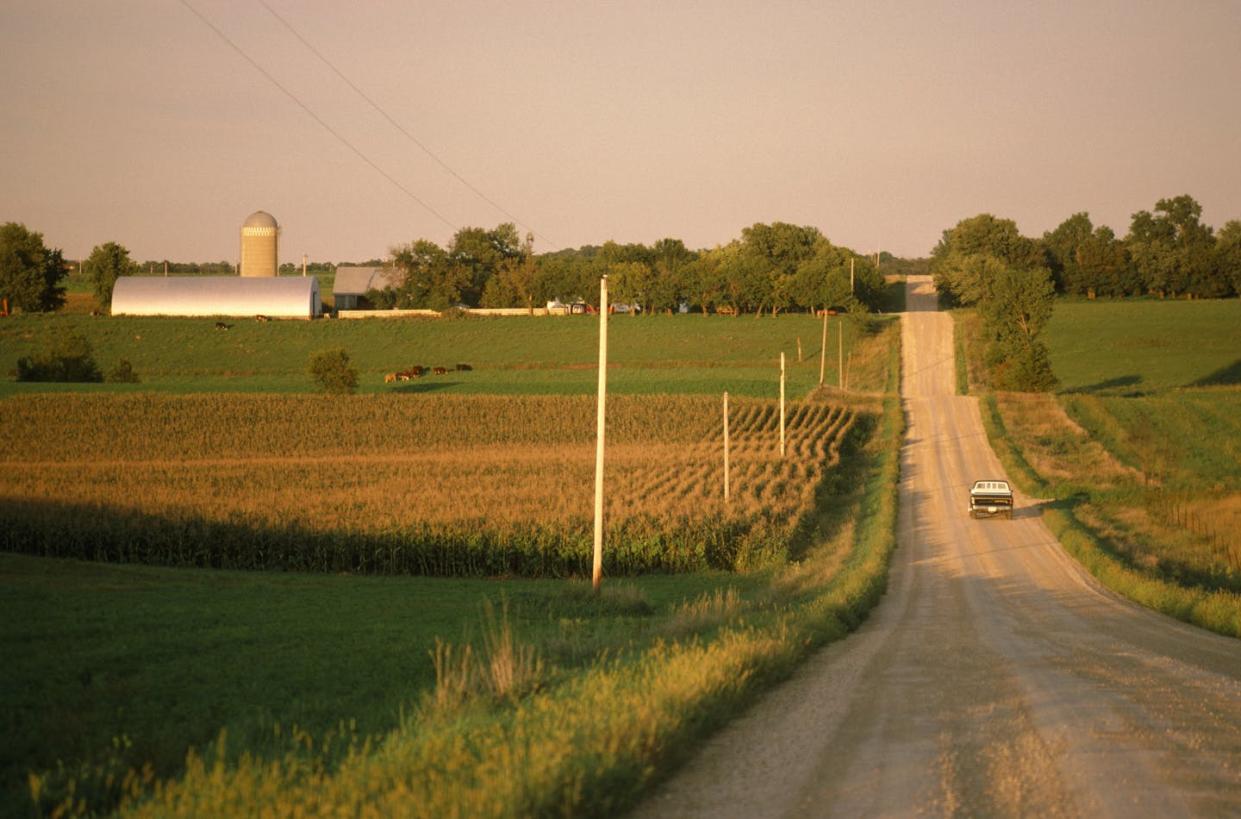CTEIP facilitates improved climate-resilient municipal infrastructures; strengthened institutional capacity, governance – Bangladesh Sangbad Sangstha (BSS)

Report on the Coastal Towns Environmental Infrastructure Project (CTEIP)
Project Summary and Contribution to Sustainable Development
The Coastal Towns Environmental Infrastructure Project (CTEIP), completed in July 2024, was implemented to increase climate and disaster resilience in selected coastal municipalities (pourashavas) of Bangladesh. The project focused on improving climate-resilient infrastructure and strengthening institutional capacity, with a significant emphasis on benefiting vulnerable populations, including the poor and women. Its outcomes directly contribute to multiple Sustainable Development Goals (SDGs).
Alignment with Sustainable Development Goals (SDGs)
SDG 11 (Sustainable Cities and Communities) & SDG 13 (Climate Action)
The project’s core objective was to build climate-resilient communities by addressing the vulnerabilities of coastal towns to flooding, cyclones, and other climate events.
- Constructed and improved climate-resilient municipal infrastructure, including cyclone shelters, emergency access roads, and drainage systems designed with a 50-year perspective.
- Mainstreamed climate change adaptation through a holistic approach to urban development, combining technological solutions with community-centric vulnerability assessments.
- Enhanced disaster preparedness in eight vulnerable coastal pourashavas.
- Excavated canals and ponds to retain water, reduce local temperatures, and contribute to flood control.
SDG 3 (Good Health and Well-being) & SDG 6 (Clean Water and Sanitation)
CTEIP significantly improved public health outcomes by upgrading water and sanitation infrastructure.
- Reduced the incidence of waterborne diseases by 76.7% from a 2011 baseline.
- Decreased diarrhea patient admissions to district hospitals to 2.1% by June 2022, down from 9.0% in 2011.
- Constructed 12.25 km of drains in Patuakhali Pourashava, reducing water-logging and improving urban sanitation.
- Addressed challenges of limited access to safe water, high salinity, and inadequate sanitation facilities.
SDG 1 (No Poverty) & SDG 8 (Decent Work and Economic Growth)
The project created economic opportunities and improved livelihoods for residents.
- Increased average household incomes by 30.9% (to Taka 20,685 per month), exceeding the target of 15.0%.
- Generated new employment opportunities through the construction of climate-resilient infrastructure.
- Reduced economic disruption by minimizing inundation and asset loss, leading to increased working hours.
- Supported local vendors, with reports of daily incomes increasing manifold due to improved public spaces and visitor influx.
SDG 9 (Industry, Innovation, and Infrastructure)
The project utilized innovative and environmentally friendly construction methods.
- Roads were constructed using uniblock, an alternative material made from river-bed sand, which is environmentally friendly and reduces pollution from brick-making.
- Infrastructure was designed to be above flood levels, ensuring durability and long-term serviceability.
- The project included improvements to bus terminals, boat landings, and markets, enhancing local economic infrastructure.
SDG 5 (Gender Equality) & SDG 10 (Reduced Inequalities)
The project design incorporated specific measures to ensure benefits reached women and other vulnerable groups.
- The project explicitly aimed to benefit women and the poor.
- Improved infrastructure, such as pedestrian walkways and separate lanes for cycling, enhanced mobility and access to services for all, including women and people with special needs.
- The provision of multipurpose cyclone shelters with proper access roads was prioritized to protect the urban poor.
SDG 16 (Peace, Justice, and Strong Institutions) & SDG 17 (Partnerships for the Goals)
A key component of CTEIP was strengthening local governance and fostering collaboration.
- Institutional capacity was strengthened, leading to an improved municipal revenue collection rate of 95% in Patuakhali, enabling regular maintenance of new infrastructure.
- The project addressed poor governance and low adaptive capacity by establishing mechanisms for public participation and modernizing financial management practices.
- The project was a partnership between the Government of Bangladesh and multiple development partners, including the Asian Development Bank (ADB), The Gates Foundation, The Strategic Climate Fund, and the Urban Climate Change Resilience Trust Fund (UCCRTF).
Case Study: The Transformation of Patuakhali Pourashava
Infrastructure and Resilience
Patuakhali Pourashava, once highly vulnerable to climate events, was transformed into a model climate-resilient town.
- Construction of 33.33 km of climate-resilient roads and 12.25 km of drains.
- Development of a comprehensive drainage master plan to mitigate flooding.
- Creation of improved public spaces, including walkways, which have boosted local commerce.
Governance and Economic Impact
- Enhanced revenue collection capacity has enabled the municipality to become more self-sufficient in maintaining infrastructure.
- The ADB aims to use Patuakhali as a ‘climate resilient hub’ and a replicable model for other municipalities.
Project Funding and Execution
Financial Contributions
- Total Cost: $103.39 million
- Development Partners: $85.91 million
- Asian Development Bank (ADB): $44.96 million
- The Strategic Climate Fund: $35.49 million ($26.58 million loan, $8.91 million grant)
- The UCCRTF: $5.48 million
- The Gates Foundation: $1.45 million
- Government of Bangladesh: $16.01 million
Implementation Structure
- Executing Agency: Local Government Engineering Department (LGED)
- Implementing Agencies: 10 coastal municipalities
Analysis of Sustainable Development Goals in the Article
1. Which SDGs are addressed or connected to the issues highlighted in the article?
-
SDG 1: No Poverty
The article highlights the project’s success in increasing household incomes and building the economic resilience of the poor. It states that “average households’ incomes had increased by 30.9%” and that the project benefited “the poor and women” by creating employment opportunities and reducing asset loss from climate events.
-
SDG 3: Good Health and Well-being
The project’s impact on public health is a key focus. The article explicitly mentions a “76.7% reduction in the incidence of waterborne diseases” and a decrease in “diarrhea patient admissions to the district hospitals… to 2.1% by June 2022 (baseline 9.0% in 2011)”. This is a direct result of improved sanitation and drainage.
-
SDG 5: Gender Equality
The article notes that the project’s outcomes specifically benefit women. It states that the project has increased “climate and disaster resilience benefiting the poor and women” and enabled “improved access to services for all, including women and people with special needs.”
-
SDG 6: Clean Water and Sanitation
This goal is central to the project’s interventions. The article details the construction and improvement of “water supply system; sanitation” and a “drainage system master plan.” The positive health outcomes, such as the reduction of waterborne diseases, are a direct consequence of these improvements in water and sanitation infrastructure.
-
SDG 8: Decent Work and Economic Growth
The project fostered local economic growth by creating “new employment opportunities” through infrastructure construction. It also improved conditions for local businesses, as exemplified by the coconut vendor whose “daily income has increased manifold” due to the renovated public spaces attracting more visitors.
-
SDG 9: Industry, Innovation, and Infrastructure
The core of the project was the development of resilient infrastructure. The article specifies the construction of “33.33 km road and 12.25 km of drains” in Patuakhali Pourashava. It also highlights innovation through the use of “alternative construction materials, e.g, uniblock, made from river-bed sand, which is environmentally friendly.”
-
SDG 11: Sustainable Cities and Communities
The project is entirely focused on making coastal towns (pourashavas) safer, more resilient, and sustainable. It took a “holistic and integrated approach to urban development” by improving drainage, cyclone shelters, solid waste management, and transport infrastructure, thereby enhancing the quality of life for urban residents and reducing their vulnerability to disasters.
-
SDG 13: Climate Action
The primary objective of the CTEIP is to address climate change. The article repeatedly emphasizes the construction of “climate-resilient municipal infrastructures” and the goal of strengthening “climate resilience and disaster preparedness.” The project directly helps communities adapt to the impacts of climate change, such as flooding and cyclones, by building infrastructure “above the flood level” and improving flood control systems.
2. What specific targets under those SDGs can be identified based on the article’s content?
-
Target 1.5: By 2030, build the resilience of the poor and those in vulnerable situations and reduce their exposure and vulnerability to climate-related extreme events and other economic, social and environmental shocks and disasters.
The article directly addresses this by stating the project’s aim was to increase “climate and disaster resilience benefiting the poor and women” in vulnerable coastal towns.
-
Target 3.3: By 2030, end the epidemics of AIDS, tuberculosis, malaria and neglected tropical diseases and combat hepatitis, water-borne diseases and other communicable diseases.
The project’s success in “reducing the incidence of waterborne diseases by 76.7%” and lowering diarrhea admissions directly contributes to this target.
-
Target 6.2: By 2030, achieve access to adequate and equitable sanitation and hygiene for all and end open defecation, paying special attention to the needs of women and girls and those in vulnerable situations.
The article mentions the project constructed and improved “sanitation” and “drainage” systems, leading to “enhanced urban sanitation and cleanliness,” which aligns with this target.
-
Target 8.5: By 2030, achieve full and productive employment and decent work for all women and men, including for young people and persons with disabilities, and equal pay for work of equal value.
The creation of “new employment opportunities” and the significant increase in household incomes (30.9%) support this target by fostering local economic activity and better livelihoods.
-
Target 9.1: Develop quality, reliable, sustainable and resilient infrastructure, including regional and transborder infrastructure, to support economic development and human well-being, with a focus on affordable and equitable access for all.
This is the central activity of the project, which “constructed a 33.33 km road and 12.25 km of drains” and other municipal infrastructures designed to be climate-resilient and serve the community.
-
Target 11.5: By 2030, significantly reduce the number of deaths and the number of people affected and substantially decrease the direct economic losses relative to global gross domestic product caused by disasters, including water-related disasters, with a focus on protecting the poor and people in vulnerable situations.
The project’s focus on disaster preparedness, including the construction of “cyclone shelters” and improved drainage to “reduce water-logging and flooding,” directly aims to mitigate the impact of disasters.
-
Target 13.1: Strengthen resilience and adaptive capacity to climate-related hazards and natural disasters in all countries.
The entire project is an exercise in strengthening adaptive capacity. The article states its purpose was to provide “climate-resilient municipal infrastructures” and strengthen “disaster preparedness in eight vulnerable coastal pourashavas.”
3. Are there any indicators mentioned or implied in the article that can be used to measure progress towards the identified targets?
Yes, the article provides several quantitative indicators that can be used to measure progress:
-
Health Indicators:
- Percentage reduction in the incidence of waterborne diseases: The article states a reduction of 76.7%.
- Rate of diarrhea patient admissions: The article notes a reduction to 2.1% from a baseline of 9.0%.
-
Economic Indicators:
- Percentage increase in average household income: The article specifies an increase of 30.9%.
- Average monthly household income: The article provides a figure of Taka 20,685 per month.
-
Infrastructure Indicators:
- Kilometers of roads constructed: The article mentions 33.33 km of climate-resilient roads.
- Kilometers of drains constructed: The article specifies 12.25 km of drains.
-
Governance Indicator:
- Municipal revenue collection rate: The article states the municipality’s collection rate improved to 95%.
4. Summary Table of SDGs, Targets, and Indicators
| SDGs | Targets | Indicators |
|---|---|---|
| SDG 1: No Poverty | 1.5: Build the resilience of the poor and reduce their vulnerability to climate-related extreme events. | Average household income increased by 30.9% to Taka 20,685 per month. |
| SDG 3: Good Health and Well-being | 3.3: Combat water-borne diseases. | Incidence of waterborne diseases reduced by 76.7%; Diarrhea patient admissions reduced to 2.1%. |
| SDG 6: Clean Water and Sanitation | 6.2: Achieve access to adequate and equitable sanitation and hygiene for all. | 12.25 km of drains constructed, improving urban sanitation and reducing water-logging. |
| SDG 8: Decent Work and Economic Growth | 8.5: Achieve full and productive employment and decent work for all. | Creation of new employment opportunities through infrastructure projects. |
| SDG 9: Industry, Innovation, and Infrastructure | 9.1: Develop quality, reliable, sustainable and resilient infrastructure. | 33.33 km of climate-resilient roads constructed. |
| SDG 11: Sustainable Cities and Communities | 11.5: Significantly reduce the number of people affected by disasters. | Construction of cyclone shelters and improved drainage to reduce flooding impacts. |
| SDG 13: Climate Action | 13.1: Strengthen resilience and adaptive capacity to climate-related hazards. | Implementation of climate-resilient infrastructure (roads built above flood level) in vulnerable coastal towns. |
Source: bssnews.net
What is Your Reaction?
 Like
0
Like
0
 Dislike
0
Dislike
0
 Love
0
Love
0
 Funny
0
Funny
0
 Angry
0
Angry
0
 Sad
0
Sad
0
 Wow
0
Wow
0
















































/environment-climate-change-and-health-(ech)/water-sanitation-hygiene-and-health-(wsh)/landfill-tuvalu-36092.tmb-1200v.jpg?sfvrsn=5c21fe40_1#)

.jpg.webp?itok=0ZsAnae9#)


























